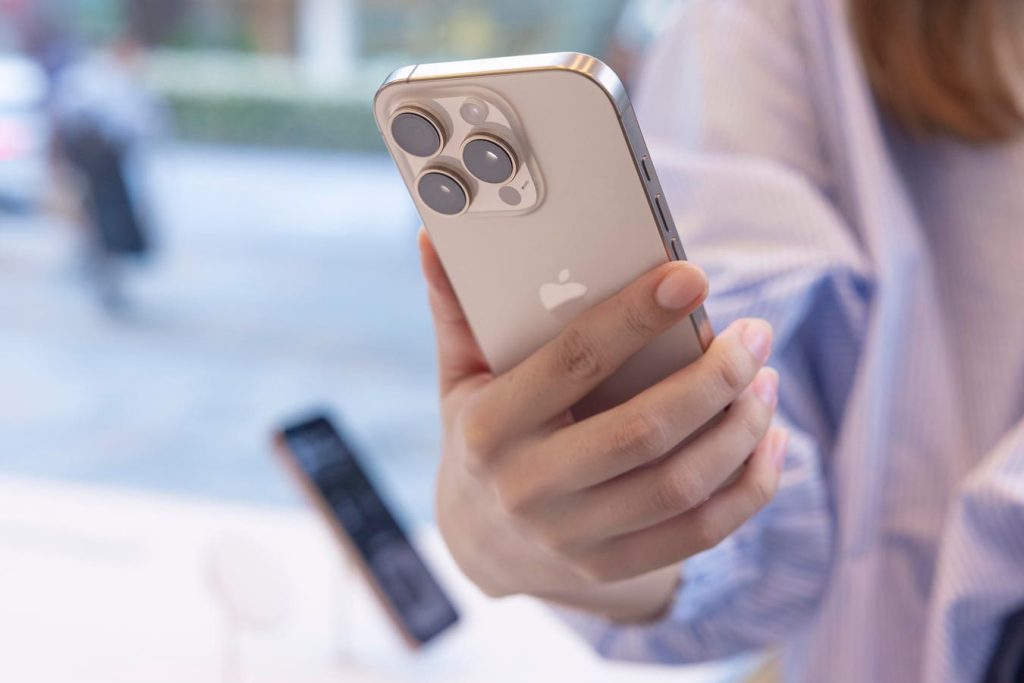iPhone 17 Camera Layout: Dueling Reports Spark Debate
The rumor mill surrounding Apple’s upcoming iPhone 17 series has been churning with conflicting reports about the design of its rear camera system. Initially, a leak from Weibo user Digital Chat Station suggested a radical departure from the current design, showcasing a render of an iPhone with a horizontal row of three cameras along the top edge. This unexpected arrangement drew attention due to its similarity with the Google Pixel 9 Pro’s camera layout, sparking both excitement and skepticism among tech enthusiasts. This horizontal arrangement, while visually distinct, raised concerns about its practicality, especially considering the established benefits of the current triangular layout for features like seamless lens switching and Spatial Video recording.
However, this initial report was quickly challenged by another reputable Weibo leaker, Instant Digital, who asserted that while the rear appearance would indeed change, the triangular camera arrangement would remain. This contradictory information, emerging from two generally reliable sources, created confusion and fueled speculation about the actual design Apple intends to implement. The triangular layout’s continued presence aligns with expectations, given its importance for Spatial Video recording, a feature tightly integrated with Apple’s Vision Pro headset and likely to be a cornerstone of the iPhone’s camera capabilities for the foreseeable future.
The conflicting reports highlight the challenges in accurately predicting future product designs based on leaks, emphasizing the need for cautious interpretation. While Digital Chat Station offered a visually compelling render, it lacked supporting evidence from leaked visuals or schematics. Instant Digital’s claim, while less visually specific, appears more plausible considering the practical implications of a horizontal camera array. The triangular arrangement not only facilitates seamless lens transitions but also optimizes the iPhone’s ability to capture Spatial Video in landscape mode, a key feature for compatibility with Apple’s burgeoning spatial computing ecosystem.
The debate surrounding the camera layout underscores the ongoing evolution of smartphone design, as manufacturers strive to balance aesthetics with functionality. While the prospect of a horizontal camera bar, reminiscent of the Google Pixel, offered a distinct visual identity, it presented potential drawbacks. The equidistant placement of lenses in the triangular arrangement on current iPhone models allows for smooth transitions between camera modes, a feature that could be compromised by a linear arrangement. Moreover, the horizontal alignment would necessitate adjustments to the Spatial Video recording process, potentially disrupting a key selling point for the iPhone.
Beyond the camera layout, the reports also hinted at other potential design changes for the iPhone 17. While the overall display size is expected to remain consistent with the iPhone 16 models, speculation suggests a shift towards an aluminum enclosure for the camera area, replacing the current glass covering. This change, while visually subtle, could enhance the phone’s durability and premium feel. However, it’s important to note that the majority of the rear panel is expected to retain its glass construction to maintain compatibility with wireless charging, a feature that has become a staple of modern smartphones.
The conflicting reports underscore the dynamic nature of the pre-release information cycle, where various sources offer glimpses into upcoming products, often with conflicting details. While these leaks can generate excitement and speculation, they should be interpreted with caution until corroborated by official announcements from Apple. The current consensus, based on the more plausible report from Instant Digital, suggests that the iPhone 17 will retain the familiar triangular camera layout, albeit with potential refinements to the surrounding materials and overall rear design. The horizontal camera arrangement, while initially intriguing, seems less likely given the practical considerations and the established importance of Spatial Video recording within Apple’s product ecosystem.















